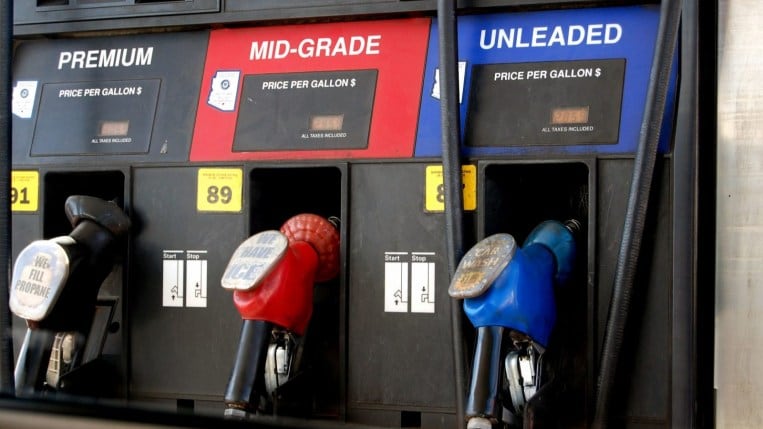Gas stations may find themselves with nothing to sell in parts of the U.S. this summer. The problem isn’t an actual lack of gasoline. It’s a lack of drivers qualified to deliver it.
According to the National Tank Truck Carriers, the trade group that represents the tanker truck industry, about a quarter of the nation’s fleet of tank trucks is idle. It’s not due to any lack of demand or gasoline to move, but rather a driver shortage. Demand for tanker truck shipments fell during the COVID-19-related lockdowns of 2020. Now that Americans are taking to the roads again, demand is rising. However, drivers are in short supply.
See the most fuel-efficient cars in every class
“We’ve been dealing with a driver shortage for a while, but the pandemic took that issue and metastasized it,” said Executive Vice President Ryan Streblow. Driving a tanker truck requires additional training and certifications beyond the Commercial Driver’s Licenses most truck drivers carry. Many driver schools closed during months of lockdown.
Holly McCormick, vice president in charge of driver recruitment and retention at Groendyke Transport, told CNN that her firm is “also working with an aging workforce.” As demand for their services fell last year, “many said ‘I might as well take it as a cue to retire.’”
Gas Demand Spikes
According to AAA, gasoline demand is 75% higher this month than in April of last year.
Tom Kloza, the chief oil analyst for the Oil Price Information Service, says vacation hotspots are most likely to see shortages. Once signs of a shortfall begin to show, he warns, herd behavior can quickly make the problem much bigger. “Imagine the hoarding with toilet paper and topping off of gas tanks that we see after hurricanes, and you can see what might happen,” Kloza said.
The current average national price of a gallon of gas, according to AAA, is $2.88 — up from $1.77 one year ago.








